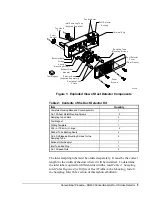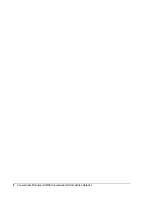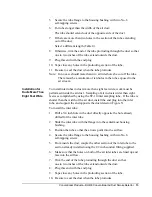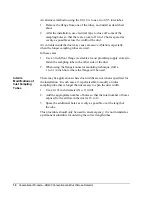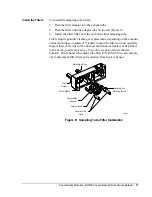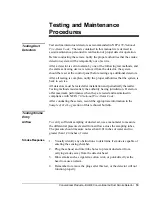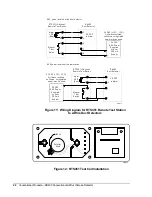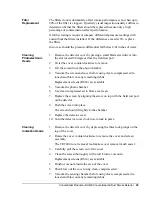
Conventional Products—DH400 Conventional Air Duct Smoke Detector 19
Testing and Maintenance
Procedures
Test and maintain duct detectors as recommended in NFPA 72-National
Fire Alarm Code. The tests contained in this manual were devised to
assist maintenance personnel in verification of proper detector operation.
Before conducting these tests, notify the proper authorities that the smoke
detection system will be temporarily out of service.
After a detector is set into alarm by one of the following test methods, and
the alarm activating device is removed from the detector, the system
should be reset at the control panel before testing any additional detectors.
After all testing is complete, notify the proper authorities that the system is
back in service.
All detectors must be tested after installation and periodically thereafter.
Testing methods must satisfy the authority having jurisdiction. Detectors
offer maximum performance when they are tested and maintained in
compliance with NFPA 72-National Fire Alarm Code.
After conducting these tests, record the appropriate information in the
Sample of Test Log section of this technical bulletin.
To verify sufficient sampling of ducted air, use a manometer to measure
the differential pressure created from airflow across the sampling tubes.
The pressure should measure no less than 0.01 inches of water and no
greater than 1.20 inches of water.
1.
Visually identify any obstructions to determine if smoke is capable of
entering the sensing chamber.
2.
Plug the exhaust and inlet tube holes to prevent ducted air from
carrying smoke away from the detector head.
3.
Blow smoke such as cigarette, cotton wick, or punk directly at the
head to cause an alarm.
4.
Remember to remove the plugs after this test, or the detector will not
function properly.
Testing Duct
Detectors
Testing Smoke
Entry
Airflow
Smoke Response

